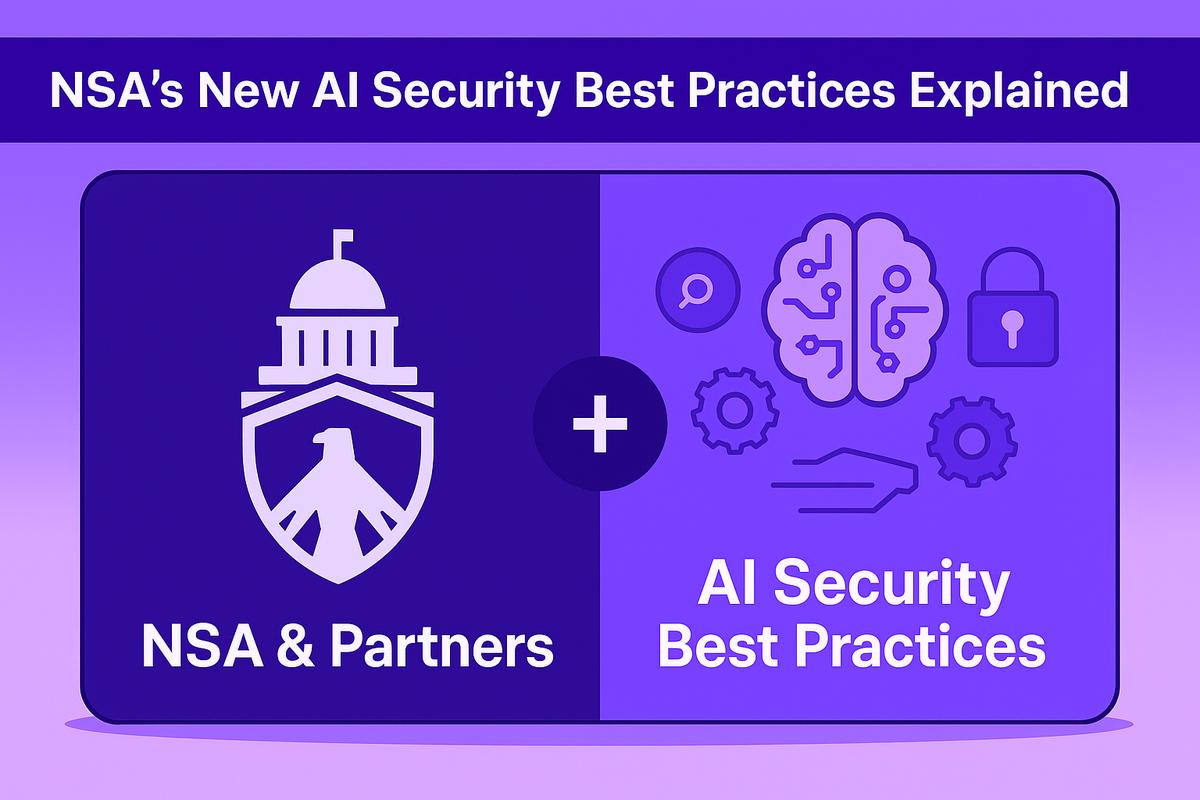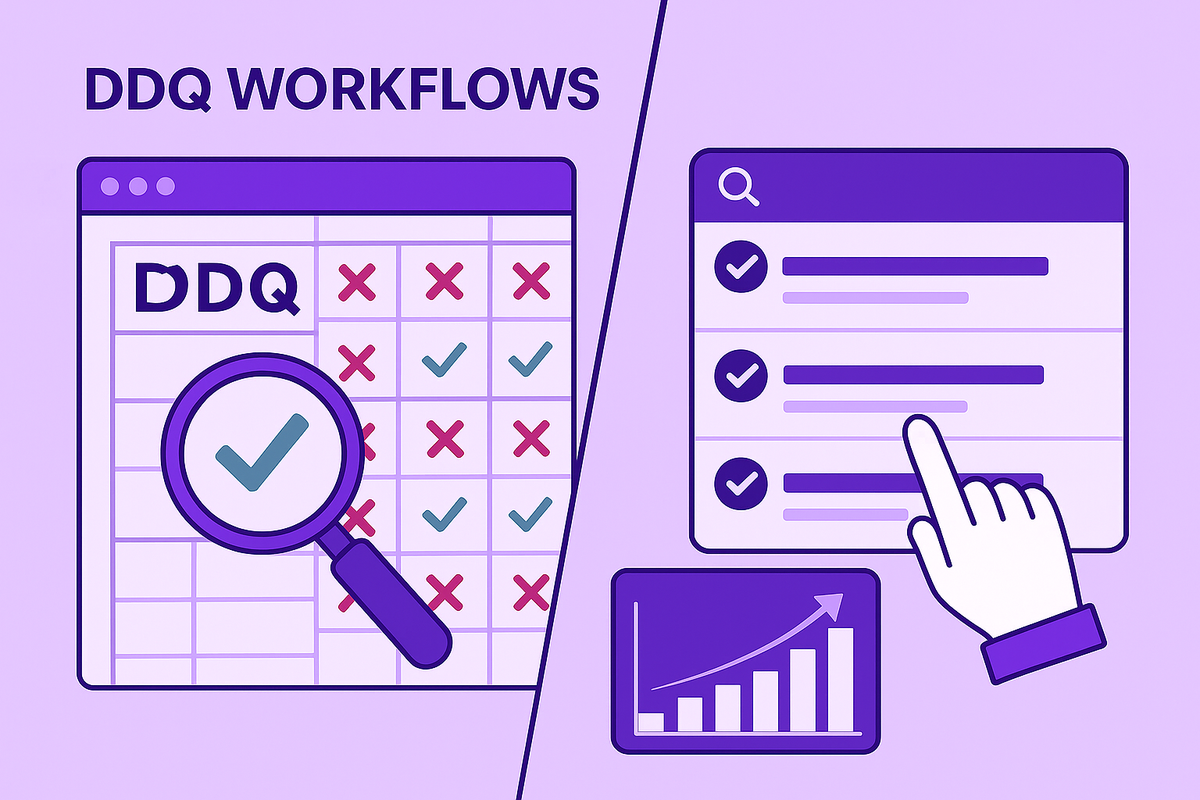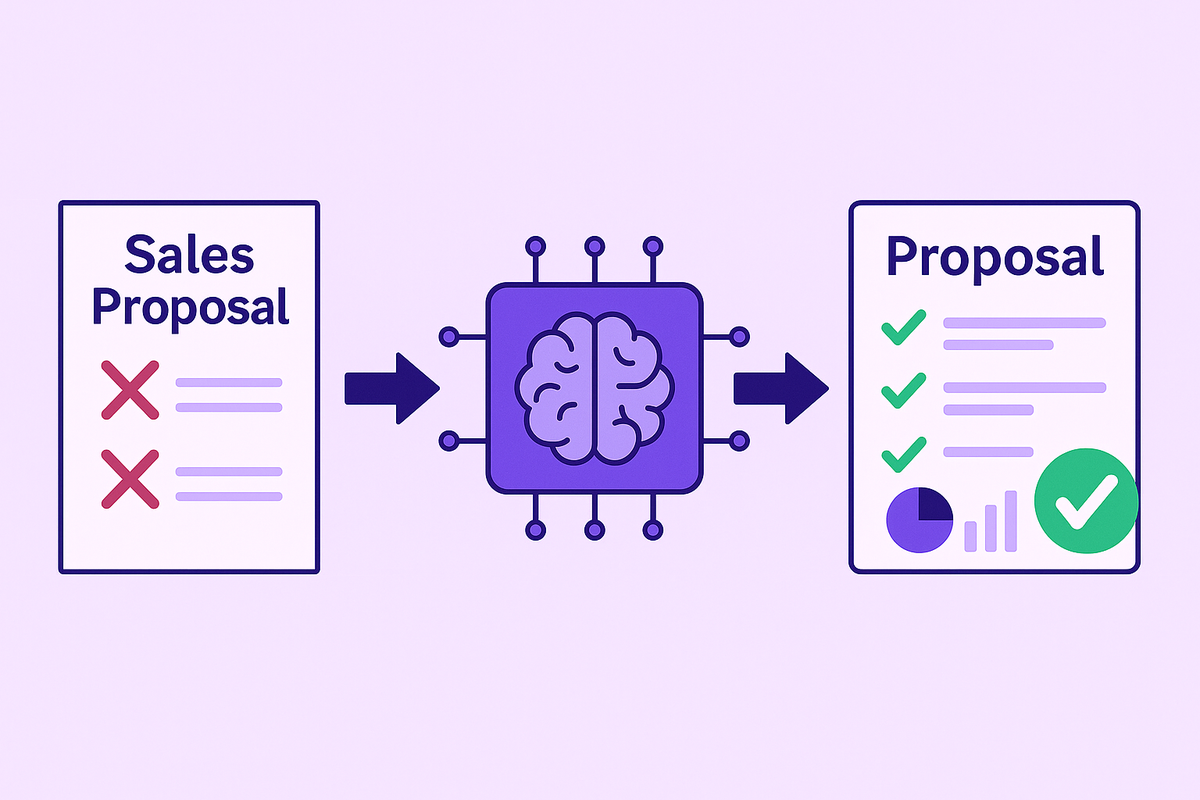NSA's New AI Security Best Practices Explained
May 3, 2024
By
Abigail Moyal

NSA’s Best Practices for Deploying Secure and Resilient AI Systems
A few weeks ago, the National Security Agency (NSA) released a document outlining Best Practices for Deploying Secure and Resilient AI Systems.
Don’t worry — we read it so you don’t have to.
The NSA emphasizes the importance of securing AI systems while acknowledging the risks and vulnerabilities that come with rapid adoption.
This release was a collaborative effort between the NSA, CISA, FBI, and international partners from Australia, Canada, New Zealand, and the UK.
Here’s what you need to know.
1. Secure Deployment Environment
When setting up AI systems, security must be built in from the start. The NSA highlights four core pillars:
- Governance Management: Align roles and responsibilities with IT to meet security standards.
- Robust Architecture: Use zero-trust strategies and strict security protocols at AI/IT integration points.
- Harden Configurations: Isolate systems, monitor networks, set up firewalls, and keep software/hardware updated.
- Protect Deployment Networks: Assume breaches will happen — prepare to detect and respond quickly.
2. Continuous Protection of AI Systems
Once deployed, AI systems require ongoing defense and monitoring.
- Validate Systems Before and During Use: Keep sensitive data in secure backups and enforce strict access controls.
- Secure Exposed APIs: Require authentication for every access point.
- Monitor Model Behavior: Track both inputs and outputs to detect anomalies.
- Protect Model Weights: Use encryption and restricted zones to prevent theft or tampering.
3. Secure Operation and Maintenance
Operational security isn’t a one-time setup — it’s a discipline.
- Enforce Strict Access Controls: Use role-based access (RBAC) so employees only see what’s necessary.
- Ensure User Awareness and Training: Regularly train users, admins, and developers to reduce human error.
- Conduct Audits & Penetration Testing: Let ethical hackers stress-test your system before it goes public.
- Implement Robust Logging & Monitoring: Detect unusual activity early.
- Update & Patch Regularly: Close security gaps before they’re exploited.
4. Build for Resilience
Even with strong security, resilience ensures continuity.
- High Availability & Disaster Recovery: Maintain secure backups for fast recovery in case of failure.
- Plan Secure Delete Capabilities: Automatically and permanently delete sensitive data, models, and keys after use.
The Broader Impact: Why AI Security Isn’t Just an IT Issue
Securing AI systems isn’t just about protecting models — it’s about protecting the entire business.
A single compromised model can expose proprietary data, client information, and intellectual property.
For organizations operating in regulated industries like finance, healthcare, or government, these vulnerabilities can lead to compliance violations, reputational harm, and revenue loss.
AI security must therefore be treated as a strategic business priority, not just a technical one. Resilient systems preserve trust — and trust is the ultimate competitive advantage.
How Enterprises Can Apply These Practices Today
Many of the NSA’s recommendations may seem complex, but teams can start small and scale:
- Audit current AI workflows to identify where sensitive data is exposed.
- Implement RBAC and encryption policies across models, repositories, and endpoints.
- Automate monitoring with anomaly detection tools to flag suspicious behavior or model drift.
- Vet your vendor stack to ensure SOC 2, ISO 27001, and GDPR compliance.
- Schedule annual red-team simulations to test resilience against real-world attacks.
Each of these steps builds toward an enterprise-ready AI environment—where innovation can move fast without compromising control.
How Iris Aligns With These Standards
At Iris, security isn’t an afterthought — it’s engineered into every layer of our AI architecture.
- SOC 2-compliant infrastructure protects sensitive proposal and client data.
- Role-based permissions ensure each team member only accesses what they need.
- Encryption in transit and at rest safeguards data from creation to completion.
- Audit-ready logging and version control provide full transparency for compliance reviews.
As agencies like the NSA raise the bar for AI security, Iris continues to meet and exceed those standards — helping teams move fast, stay compliant, and maintain trust at every stage of their workflow.
Why It Matters
Every company leveraging AI should take note of these guidelines.
Robust security reduces the likelihood of breaches, supports regulatory compliance, and ensures AI is used responsibly and effectively.
At Iris, we’ll continue tracking updates from agencies like the NSA to keep our users informed — and to ensure the technology they rely on is both powerful and protected.
Frequently Asked Questions
Q: Why did the NSA release AI security guidelines now?
A: With AI adoption accelerating across industries, the NSA and its partners released this framework to ensure security, privacy, and reliability remain central to deployment strategies.
Q: What’s the biggest takeaway for enterprise teams?
A: Treat AI security as a cross-functional initiative — spanning IT, compliance, legal, and leadership — not just a data science concern.
Q: How does Iris ensure compliance with these best practices?
A: Iris employs SOC 2 standards, encryption across all data layers, granular permissions, and audit-ready logs, aligning closely with the NSA’s recommendations.
Sources
NSA. Deploying AI Systems Securely, Apr. 2024. media.defense.gov/2024/Apr/15/2003439257/-1/-1/0/CSI-DEPLOYING-AI-SYSTEMS-SECURELY.PDF
Share this post
Link copied!




















